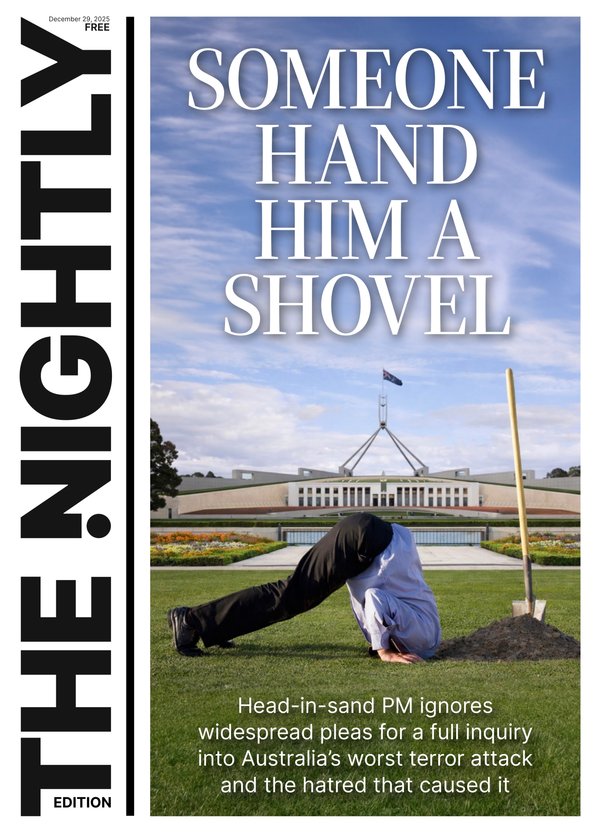Who are the Assyrian people targeted in Wakeley church stabbing and what are their beliefs?
A small but devout ethnic group in the heartland of western Sydney is reeling after a shocking alleged terrorist attack — but just who are the Assyrian people and what are their beliefs?
The predominantly Christian group began migrating to Australia in the 1950s, with their numbers swelling over the years in response to various geopolitical crises.
Today, the Assyrian community in greater Sydney is estimated to be at least 20,000 strong across the local government areas of Fairfield and Liverpool, located roughly 40 minutes west of the CBD by car.
Sign up to The Nightly's newsletters.
Get the first look at the digital newspaper, curated daily stories and breaking headlines delivered to your inbox.
By continuing you agree to our Terms and Privacy Policy.Where did the Assyrian people originate?
According to the Assyrian Australian Association, the Assyrians are an ethnic group indigenous to what used to be known as Mesopotamia.
The geo-cultural region from which they originate covers parts of Iraq, Iran, Turkey and Syria.
The main language they speak is Assyrian Aramaic, one of the oldest in the world.
The Assyrian Empire controlled large areas of land for centuries until the Fall of Nineveh around 612 BC.
Over the past two centuries, they have experienced massacres at the hands of the Kurds and the Turks — in 1843, 1846, 1895 and 1914.
Where are the Assyrian communities in Sydney?
The majority of the Assyrian community lives in the Fairfield City Council and City of Liverpool areas.
There are churches in Smithfield, Bossley Park, Fairfield, Greenfield Park, Greenacre and Middleton Grange.
The attack on Monday night took place at the Christ the Good Shepherd Church in Wakeley.
There is also a slightly smaller Assyrian population in Melbourne.
When has Australia’s Assyrian community been in the news before?
Back in 2020, Sydney’s Assyrian community was rocked by tragedy when a speeding ute driver under the influence of alcohol and drugs ploughed into a group of four children on their way to get ice cream in Oatlands.
Three siblings — Sienna, eight, Angelina, 12 and Antony, 13 — along with their cousin Veronique were killed when the ute mounted the kerb.
Driver Samuel William Davidson pleaded guilty to four counts of manslaughter and is serving a 20-year jail sentence.
The siblings’ parents, Danny and Leila Abdallah are members of the Assyrian community. They received worldwide publicity when they spoke publicly to say they forgave Davidson for killing their children.
What do we know about the attack so far?
Bishop Mar Mari Emmanuel, 53, was delivering a sermon at the Wakeley church on Monday night when a 16-year-old boy allegedly approached him and stabbed him multiple times.
The sermon was being live-streamed to YouTube with a shocking video showing the moment the Assyrian preacher was allegedly attacked about 7pm local time.
The alleged attacker was tackled by churchgoers. Four people were injured in the attack.
Police have confirmed at least one of the teenager’s fingers was severed in the attack. He remains in hospital under police guard after receiving treatment for severe hand injuries.
Thousands of protesters turned up at the church in the immediate aftermath of the attack.
Riot police rushed to the church after thousands of protesters turned up. Officers were injured and police cars damaged in the ensuing riots, with authorities on Tuesday slamming the behaviour of protesters.
On Tuesday morning, NSW Premier Chris Minns said police were treating the attack as a terrorism incident.
Prime Minister Anthony Albanese later confirmed the alleged motivation was religious.
No charges had been laid at the time of publication.

